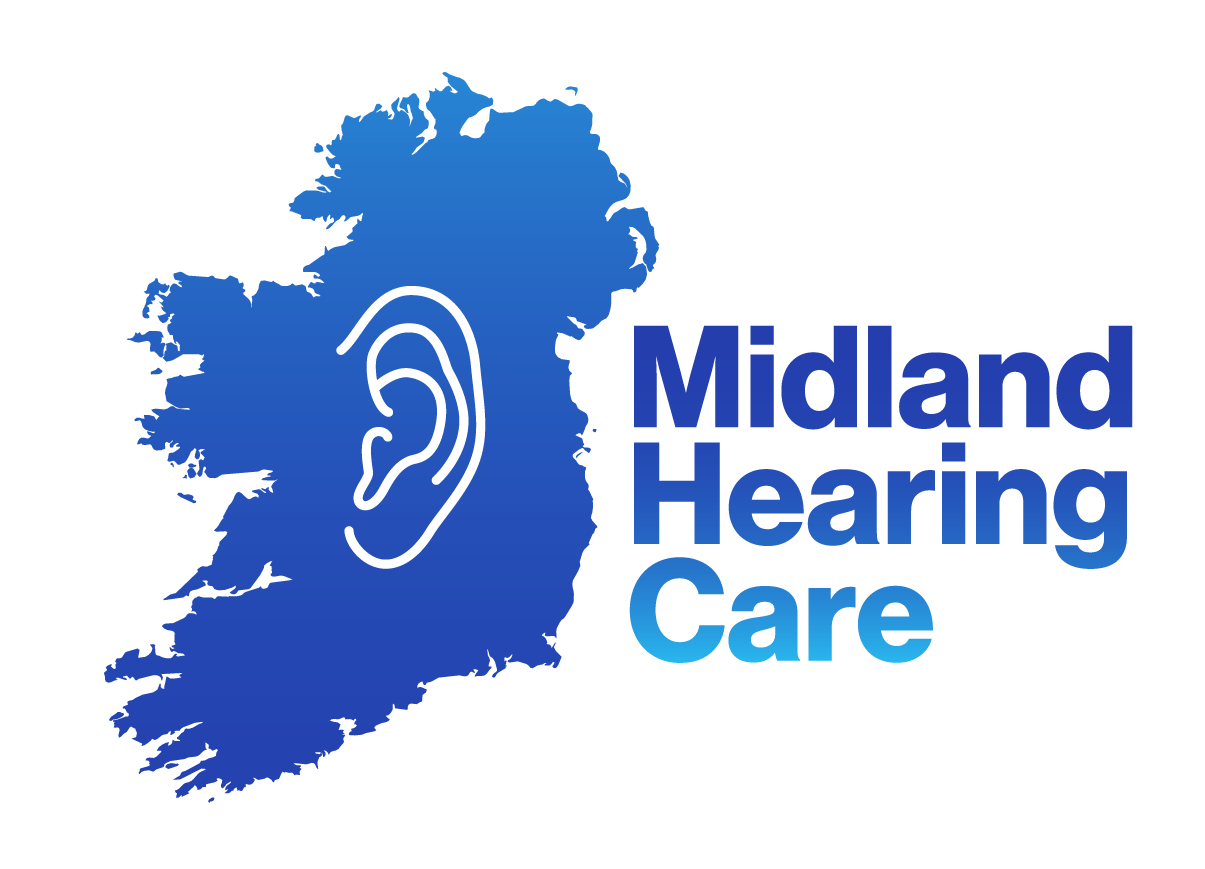
— SERVICES —
Children’s Hearing Assessment
(age 4+)
Comprehensive Hearing Assessment for Children
Pure-Tone Play Audiometry (Age 4 -5 School Age)
Pure-Tone Play Audiometry:
This is a key part of a pediatric hearing evaluation for pre-school and school-aged children. During a pediatric hearing evaluation, once a child is trained (conditioned) and familiar with the listening game, they are seated in a sound-proof booth at a small table. The child is instructed to perform a task, such as dropping a toy into a bucket, putting wooden men in a boat, stacking a ring, or building a tower, whenever they hear a beep through the headphones (over-the-ear), insert earphones (soft sponge tips inserted into the ear canals), or a bone conductor headset (a headband with a transducer placed behind the ear). The results of the pediatric hearing evaluation are recorded on a hearing test chart, known as an audiogram.
Speech Audiometry:
This part of the pediatric hearing assessment focuses on evaluating the child’s listening skills and receptive language abilities. Using speech audiometry tests such as the Speech Reception Threshold test (e.g., "show me your eyes/ears") and Speech Discrimination tests (like the McCormack Toy Task test), the child listens to words spoken by the audiologist through headphones or insert earphones. The child then points to the corresponding picture on a card that matches the spoken word. If the child cannot hear the word, the volume is gradually increased until it is audible, and this level is noted as the speech discrimination level. These pediatric speech audiometry testing methods are critical in determining the child’s ability to recognise and discriminate speech sounds and correlate with hearing test results for test reliability.
Bone Conduction:
In this paediatric audiology procedure, beeps or tones are delivered via bone vibration through a specialised bone conductor headband, with the transducer placed behind the test ear. This technique allows sound to bypass the middle ear, travelling directly from the outer ear to the inner ear and hearing nerve, which helps in assessing different aspects of the child’s hearing health. Bone conduction audiometry is used as part of a battery of tests to confirm normal hearing or a change in the child’s hearing health.
Pure-tone play audiometry
Bone conduction audiometry
Speech audiometry - McCormack toy task
Pure-tone audiometry is performed using a set of calibrated headphones in a sound proof booth
Pure-Tone Audiometry for school children (age 6+ and adolescents)
A hearing test for school-aged children: The child will be required to sit in a sound-proof booth wearing headphones or insert earphones and press a button whenever he/she hears a beep/tone. This test is then proceeded by speech audiometry and bone conduction.
Speech Audiometry: Speech Reception Threshold: The child repeats two-syllable words (Spondee words-example: rainbow, toothbrush), while the volume of the words are gradually being lowered, until the child can no longer hear the words.
Speech Discrimination Threshold: The child is instructed to listen to a phonetically-balanced word list (PB-Words) presented by a pre-recorded word list or by live monitored voice by the audiologist and repeats one word at a time, back to the Audiologist.
Bone conduction: The child wears a ‘headband’ with a transducer behind one ear (test ear), tones are presented as before and sound travels through bone vibration from the outer ear, directly to the inner ear and hearing nerve bypassing the middle ear.
If there is a discrepancy noted between the test ear and non-test ear hearing results then masking (white noise) will be presented to distract the non-test ear to obtain the true threshold of the test ear. The child is instructed to ignore the ‘wind noise’ in the non-test ear and press the button when the beep/tone is heard in the test ear.
All pediatric hearing assessment reports and results are sent out to Parents. When required a copy of the assessment results and report are sent to a School Teacher, Doctor, Ear Nose and Throat Consultant or other professionals such as a Speech Language therapist, Occupational Therapist or Educational Psychologist.





